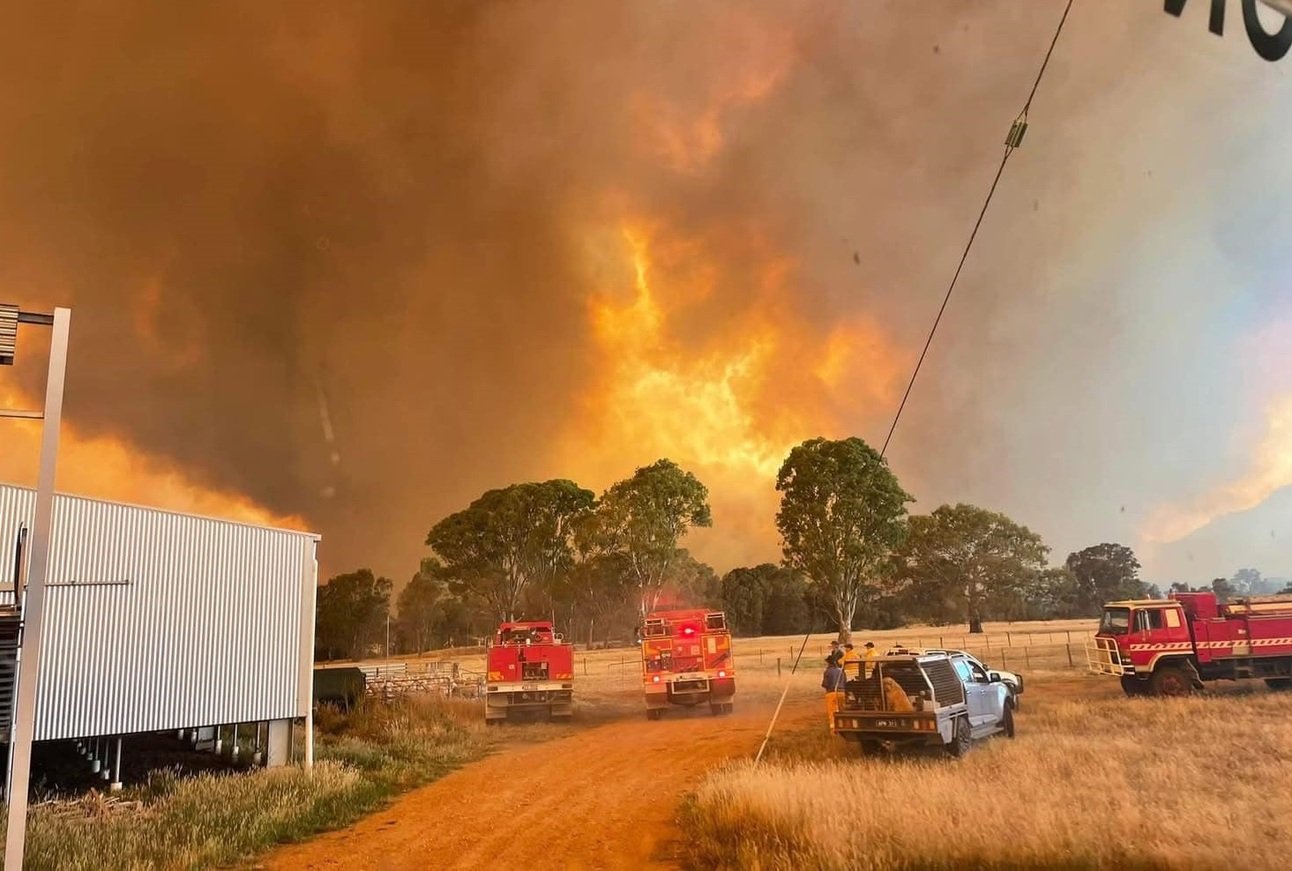“To the brink”: Drought conditions and bushfire risk loom over endangered Grampians wildlife
“We have seen up to 600ml less rainfall than we might normally expect over that two-year period.”

Native wildlife in the Grampians is struggling to recover from the one-two punch of prolonged drought and bushfires, with ecologists warning some species could be “pushed to the brink” if conditions don’t ease.
Federation University ecologist Grant Palmer said in a recent statement vegetation across the Grampians, Little Desert and Mt Cole was still “lagging in its recovery”, after more than 70 percent of each park was scorched in the 2024-25 summer fires.
“There is always a long road to recovery after fires but these most recent events at the start of this year have followed other equally devastating fires and that has upset the balance,” Palmer said.
“The environment has been recovering from earlier fires, but the latest fires shift the recovery trajectory and have amplified the problems these species have.”
Palmer said among the animals most at risk are the South-eastern Red-tailed Black Cockatoo, Brush-tailed Rock-Wallaby and Long-nosed Potoroo.

Long-nosed Potoroo. Image: Wilderness Australia
Red-tailed Black Cockatoos in the firing line
According to Wikipedia, there are five sub-species of Red-tailed Black Cockatoos in Australia.
The South-eastern Red-tailed Black Cockatoo is native to small parts of south west Victoria and the south east coast of South Australia, and is the most endangered.
The university estimated there were 1,400 cockatoos left across those areas.
Historically, more than 90 percent of the cockatoo’s habitat has been cleared or modified, leaving it reliant on shrinking bushland.
“When remaining habitats are impacted by large fires, then even less habitat is available for these birds to find sufficient food sources or nesting hollows,” Palmer said.
According to the ecologist, Red-tailed Black Cockatoos have a lifespan of 20-25 years, and typically breed every one to two years.
While landholders, conservation groups and concerned citizens are working to support the species, the birds’ low reproductive rate leaves little room for population growth.
Palmer added that although fire is a natural part of the ecosystem, helping trees regenerate and produce seeds takes time.
“It can take five to 10 years to get into that optimal range. The habitats just don’t get that opportunity when fires occur too frequently or burn too severely … the risk is that another major fire could really push them to the brink.”

Brush-tailed rock wallabies. Image: Australian Geographic
Drought compounding fire impacts
The fragile recovery is being further hampered by the region’s stubbornly dry conditions.
James Stuart, a hydrologist from Climate Resilience Australia, told the Brolga the last 24 months had been particularly harsh for western Victoria.
“We have seen up to 600ml less rainfall than we might normally expect over that two-year period,” he said.
Stuart noted that while rainfall deficits had eased slightly in recent months, the situation remained severe.
There has been speculation from the Bureau of Meteorology of a potential La Niña developing later this year, but Stuart cautioned that its effects on Victoria could be limited.
“That brings some hope for additional rainfall, although having said that, there are less impacts in Victoria generally for La Niña, particularly western Victoria, than say in Queensland,” he said.
According to Geoscience Australia, the time elapsed since rainfall and the amount of rain received is an “important consideration in assessing bushfire danger”.
A measure of the drought factor, or “moisture deficit”, will often be used as an indicator of extreme bushfire weather conditions.
Climate science points to tougher years ahead
Victoria’s Climate Science Report 2024 found droughts are becoming warmer and thirstier as rising temperatures drive higher evaporation rates.
The report linked these shifts directly to “human-driven climate change”, largely fuelled by the burning of coal, oil and gas.
Scientists warned that while rainfall patterns will remain the key factor shaping droughts in a water-limited environment like Victoria, the added heat from a warming climate was already intensifying their impacts.
The report also cautioned of the increasing likelihood of sudden “flash droughts” that develop rapidly and leave little time for preparation.
Header image: birdlife Australia
